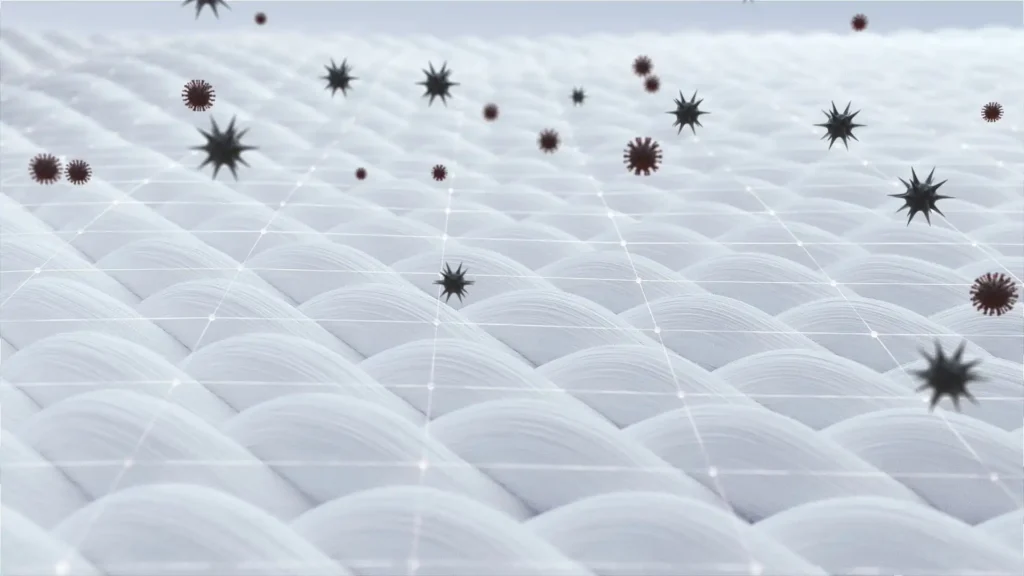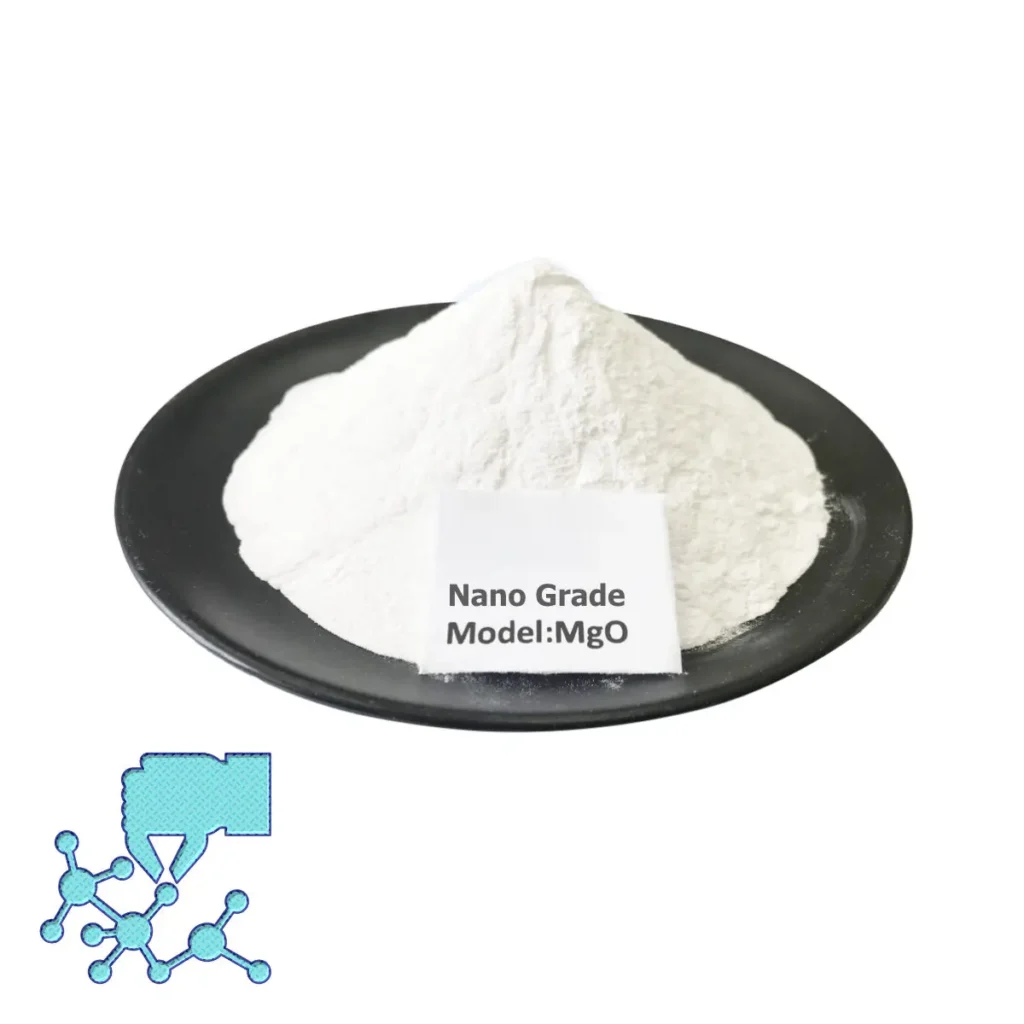The application of nano-magnesium oxide in masks is mainly as an antibacterial material to improve the antibacterial performance of masks and extend their service life. By adding nano-magnesium oxide to the mask material, the growth of bacteria can be effectively inhibited, thereby reducing the risk of bacteria spreading through the mask, especially in the current epidemic environment, this feature is particularly important.
Specifically, the application of nano-magnesium oxide in masks is mainly reflected in the following aspects:

1. Improved antibacterial performance: Nano-magnesium oxide has broad-spectrum antibacterial properties, which can effectively inhibit the growth of bacteria, fungi and viruses, and reduce the risk of bacteria spreading through masks.
2. Enhanced flame retardant performance: Nano-magnesium oxide also has good flame retardant properties, which can improve the safety of masks and prevent secondary injuries in accidental situations such as fire.
3. Improved breathability: Although the addition of nano-magnesium oxide may have a certain impact on the breathability of masks, by optimizing the formula and process, the negative impact on breathability can be minimized while ensuring antibacterial performance.
In summary, the application of nano-magnesium oxide in masks not only improves the antibacterial performance and safety of masks, but also provides new possibilities for the improvement and upgrading of masks. With the advancement of technology and the reduction of costs, the application prospects of nano magnesium oxide in masks will be broader.
Application of nano magnesium oxide in the textile industry

1. Antibacterial and deodorant function
Nano magnesium oxide has excellent antibacterial properties and can effectively inhibit the growth of a variety of bacteria, including Escherichia coli, Staphylococcus aureus, etc. Adding nano magnesium oxide to textiles can give textiles antibacterial and deodorant functions, which are particularly suitable for textiles that require high hygiene requirements, such as sportswear, underwear, socks, etc. This antibacterial and deodorant function can significantly extend the service life of textiles, improve wearing comfort, and reduce skin problems caused by bacterial growth.
2. Ultraviolet protection
Nano magnesium oxide has a strong absorption and scattering effect on ultraviolet rays, so it can be used as a UV protector for textiles. Adding nano magnesium oxide to textiles such as outdoor clothing, parasols, curtains, etc. can effectively block the penetration of ultraviolet rays and protect human skin from ultraviolet damage. This is especially important for people who often work or move outdoors.
3. Improve the performance of textiles
The addition of nano magnesium oxide can also improve the physical and chemical properties of textiles. For example, it can improve the wear resistance, wrinkle resistance and elasticity of textiles, making them more durable and easy to care for. At the same time, nano magnesium oxide can also improve the dyeing performance and color fastness of textiles, making the colors of textiles more vivid and lasting.
4. Environmental protection and sustainability
As a non-toxic and harmless material, nano magnesium oxide meets the requirements of environmental protection and sustainable development. The use of nano magnesium oxide in the production process of textiles can reduce the use and emission of harmful chemicals and reduce pollution to the environment. In addition, the recycling and reuse of nano magnesium oxide is also highly feasible, which helps to achieve the circular economy of the textile industry.
In summary, the application of nano magnesium oxide in the textile industry is not limited to the field of flame retardancy, but also includes antibacterial and deodorization, UV protection, improvement of textile performance, environmental protection and sustainability. These applications not only enhance the added value and market competitiveness of textiles, but also provide new ideas and directions for the innovation and development of the textile industry.

